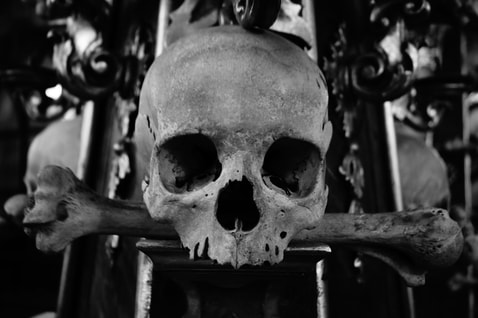
The site Is thought to contain the skeletal remains of between 40,000 and 70,000 human beings. Many of the bones are assembled to create artistic images or furnishings.
An enormous candelabra which includes at least one of every bone in the human body adorns the space and a coat of arms for the Schwarzenberg family, who were responsible for the macabre decor.
The abbey has been around since at least the 13th century, when King Otakar II of Bohemia sent the abbot to the Holy Land and he returned with a sample of earth from Golgotha to scatter over the abbey cemetery. Apparently, word traveled fast, and the abbey cemetery became a very popular final resting place. Fast forward a couple of hundred years and the Black Death and Hussite Wars, brought tens of thousands of burials, but eventually the abbey cemetery ran out of space. A Gothic church was built on the site in the early 15th century, with a vaulted upper chamber and a lower chamber dedicated to serve as an ossuary for the thousands of remains unearthed during the construction of the chapel.
It wasn't until 1870 when the Schwarzenberg family hired Frantisêk Rint, a local woodcarver, to organize the bones, that the remains were transformed into bizarre works of art.
Want to see more pics? Check out my pinterest board dedicated to the Sedlec Ossuary.
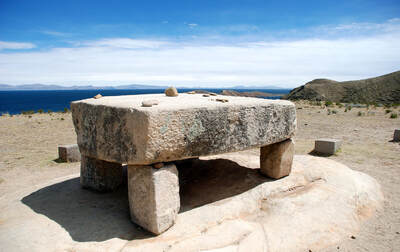
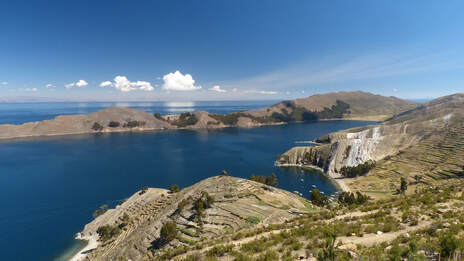
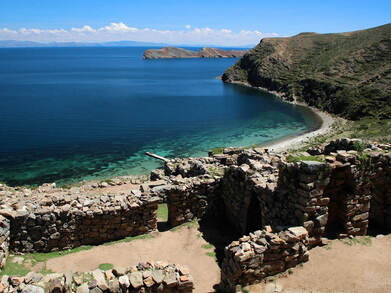
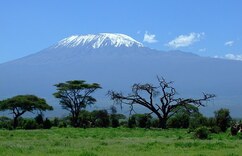
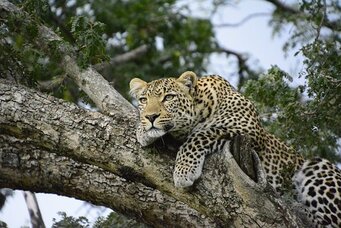
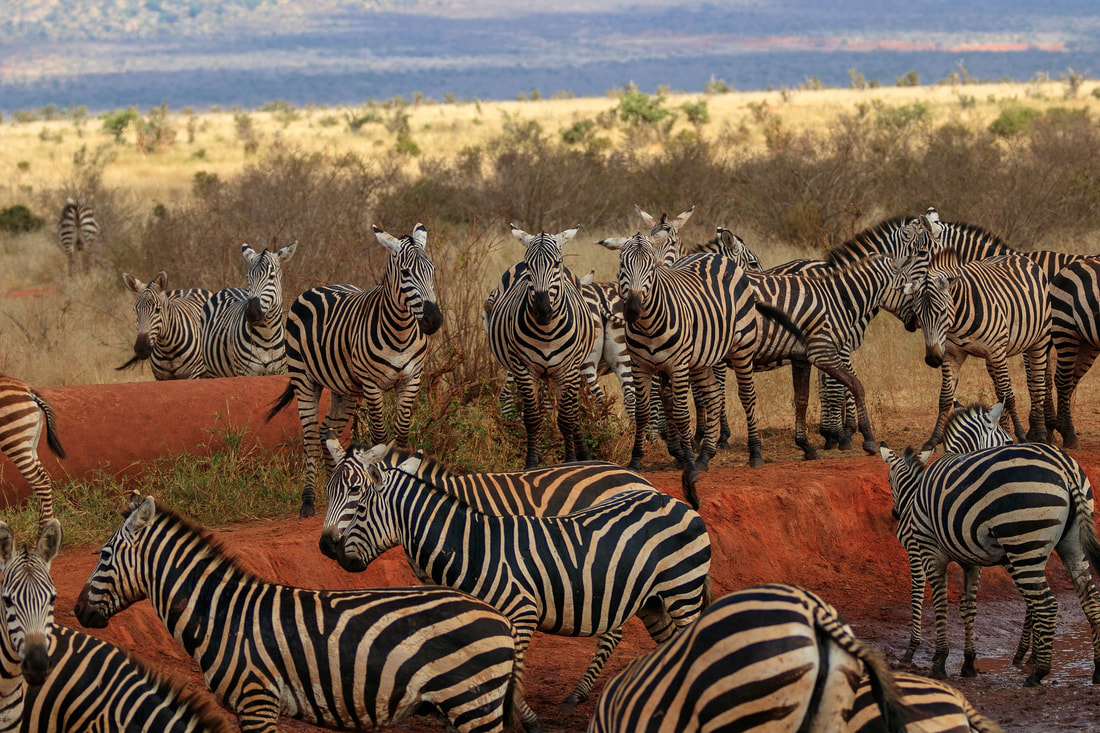
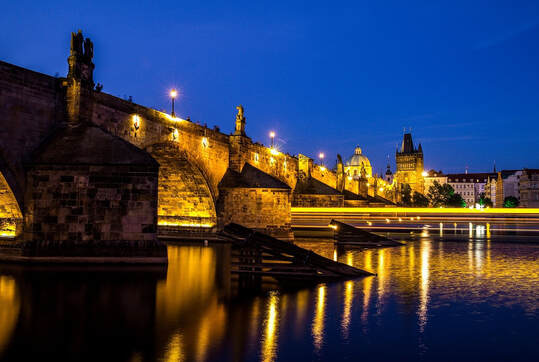
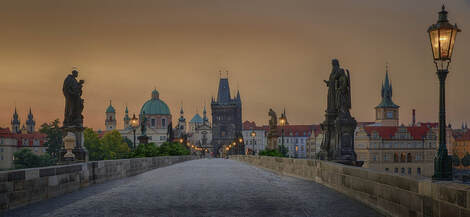

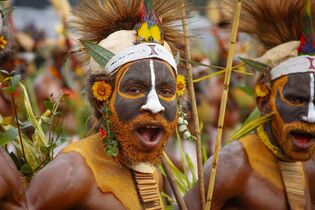
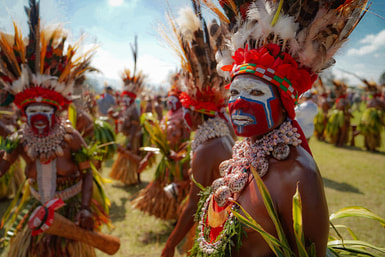
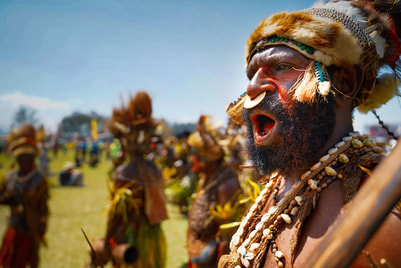
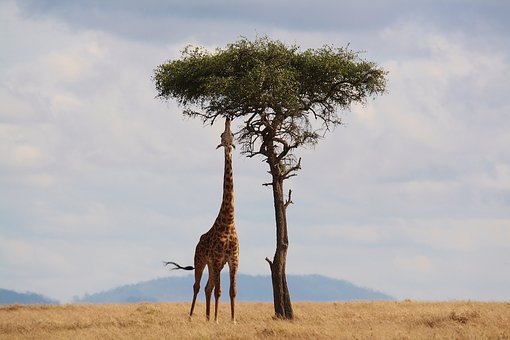
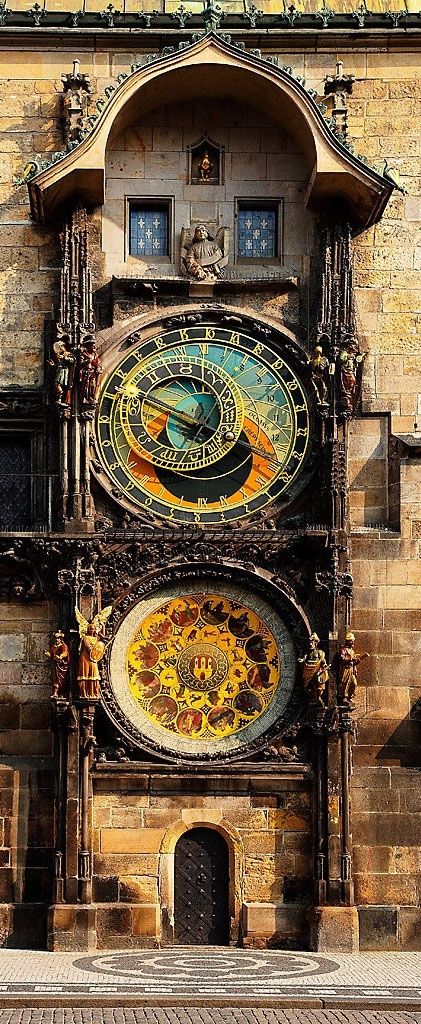
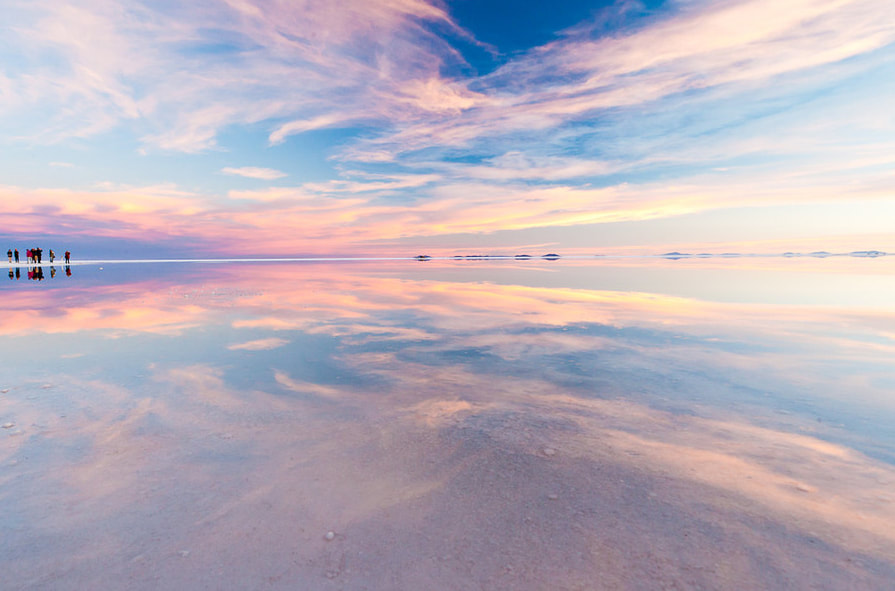
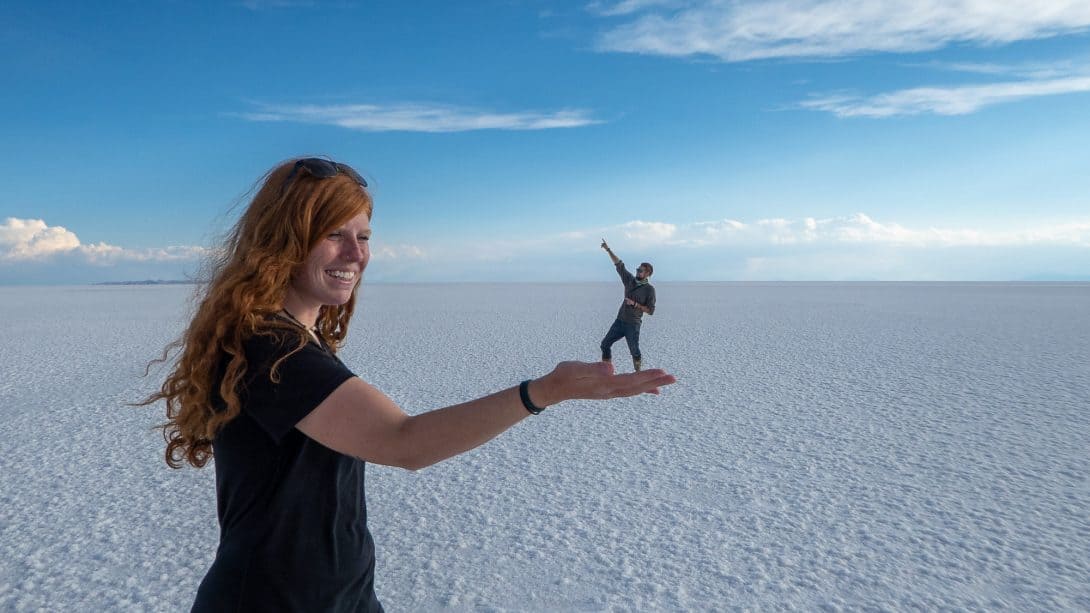
 RSS Feed
RSS Feed